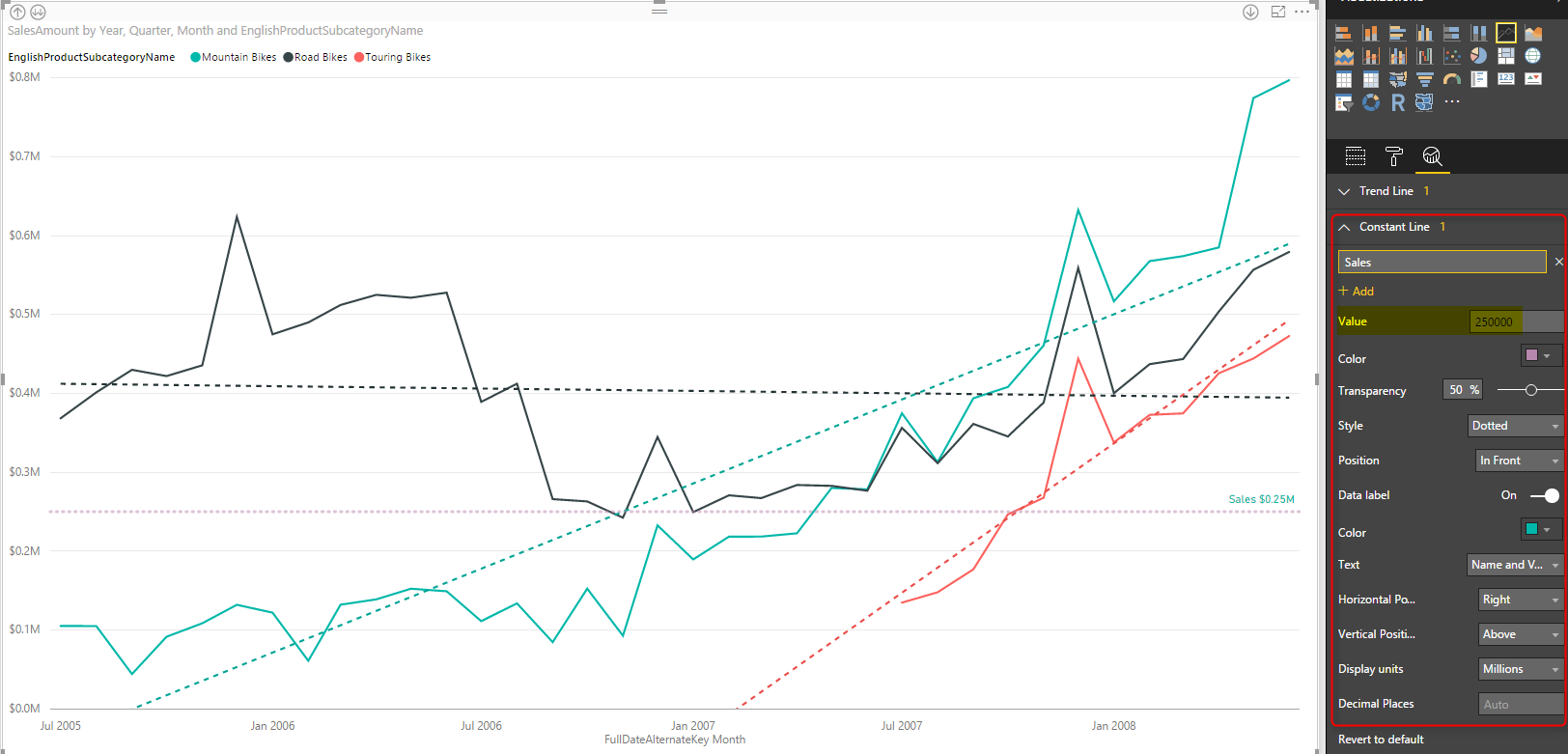

This is risky because what if you forget? Or what if someone new creates a new report and doesn't know? So, don't do this please. Third choice (worst choice): Your last choice is to change the aggregation in every individual visual. Data in Space is a new feature that uses augmented reality technology in the Power BI Mobile app to create persistent spatial anchors in the real world and attach Power BI content to those anchors. That data is then collected, processed, and visualized in Power BI. This is the most common way of handling the issue. We live in a connected world and almost everything around us generates data. Check it Out Check it Out Mark your calendars and join us on Thursday, June 30 at. and notable Power BI Updates from Microsoft Build 2022. Here is the formula for that: Incentive measure correct. Im having a problem here to summarize a duration column that has that format: 01:24:22 I had a different format. 3) Add up the incentives to calculate the total. Featuring vast interaction options and smooth animations, combine multiple chart types for the ultimate Power BI timeline experience.
Power bi summarize pro#
Drill Down TimeSeries PRO by ZoomCharts lets you explore time-based data right down to the millisecond. 2) Calculate the incentive for each row of this new table. Visualizing a Power BI timeline is now easier than ever. The dataset serves as our semantic layer, so by setting this in the data model then each report visual can take advantage of this setting. 1) Create a summary table by salesperson, removing the product detail. Another way is to set the data type to text. Second choice (shown in this post): Set the summarization setting in the data model correctly for every column in every table. With this choice, no downstream reporting tool whatsoever will try to aggregate columns like SalespersonDept or YearNbr because the column will be detected as text by Power BI. Of course, we live in the real world and this can't be done unless we're creating a brand new source database. For instance, if you have a data warehouse SalespersonDept should be a varchar(4) instead of an integer. Options for Resolving Aggregation Issuesįirst choice: Solve this in the underlying data storage. It's just visual level filters that are applied after the data aggregation occurs in the visual (thanks to Javier Guillen for confirming I wasn't crazy!). Note that slicers, page filters, and report filters don't behave this same way-they each return the correct data based on SalespersonDept 1001 because they filter before summarization. Not a good user experience, right? So the message here is that the visual level filters are applied *after* the data aggregation occurs within the individual table or chart.


 0 kommentar(er)
0 kommentar(er)
